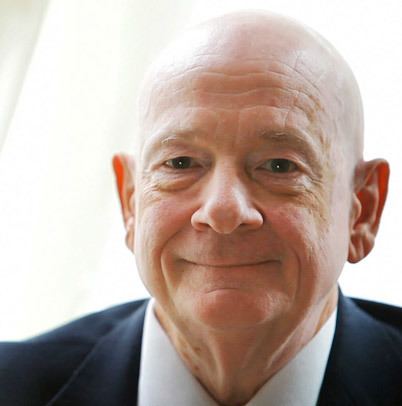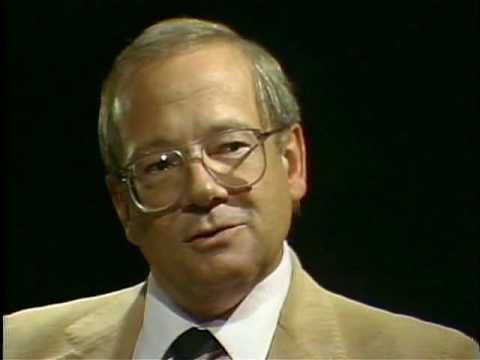Nationality American Name Raymond Moody Period 20th century Role Psychologist | Genre Parapsychology Spouse Cheryl Moody (m. 2004) Subject Near-death experiences Movies Afterlife | |
 | ||
Occupation Author, doctor of medicine Children Carter Moody, CarolAnne Moody Books Life After Life, The Light Beyond, Saved by the Light, Life After Loss, Glimpses of Eternity: Sharing a Similar People Paul Perry, Eben Alexander, Dannion Brinkley, Elisabeth Kubler‑Ross, Pim van Lommel | ||
What can we expect after we die dr raymond moody us
Raymond A. Moody, Jr. (born June 30, 1944) is a philosopher, psychologist, physician and author, most widely known for his books about life after death and near-death experiences (NDE), a term that he coined in 1975 in his best-selling book Life After Life. Raymond Moody's research purports to explore what happens when a person dies. He has widely published his views on what he terms near-death-experience psychology.
Contents
- What can we expect after we die dr raymond moody us
- Origins meaning and news on ndes raymond moody
- Education and early career
- Near death research
- Later research
- Books
- Criticism of Moodys near death research
- Personal life
- Publications
- References

Origins meaning and news on ndes raymond moody
Education and early career

Moody earned a BA (1966), M.A. (1967) and a PhD (1969) in philosophy from the University of Virginia. He also obtained a PhD in psychology from the University of West Georgia, then known as West Georgia College, where he later became a professor in the topic. In 1976, he was awarded an M.D. from the Medical College of Georgia.

After obtaining his M.D., Moody worked as a forensic psychiatrist in a maximum-security Georgia state hospital. In 1998, Moody was appointed Chair in Consciousness Studies at the University of Nevada, Las Vegas.
Near death research
While an undergraduate at the University of Virginia in 1965, Moody encountered psychiatrist, Dr. George Ritchie, who told Moody about an incident in which he believed he had journeyed into the afterlife while dead for nearly nine minutes at the age of 20 (which Ritchie would later recount in his book, Return From Tomorrow, published in 1978). Moody began documenting similar accounts by other people who had experienced clinical death and discovered that many of these experienced shared common features, such as the feeling of being out of one’s body, the sensation of traveling through a tunnel, encountering dead relatives, and encountering a bright light. In 1975, Moody published many of these experiences in his book, Life After Life, in which he coined the term "near-death experience."
In an interview with Jeffrey Mishlove, Moody shared his personal conclusions about his research into near-death experiences:
I don't mind saying that after talking with over a thousand people who have had these experiences, and having experienced many times some of the really baffling and unusual features of these experiences, it has given me great confidence that there is a life after death. As a matter of fact, I must confess to you in all honesty, I have absolutely no doubt, on the basis of what my patients have told me, that they did get a glimpse of the beyond.
Later research
Inspired by the Greek psychomanteums where the ancient Greeks would go to consult the apparitions of the dead (which Moody had read about in classic Greek texts that he encountered while a student at the University of Virginia), Moody built a psychomanteum in Alabama, which he calls the Dr. John Dee Theater of the Mind. By staring into a mirror in a dimly lit room, Moody claims that people are able to summon visions of spiritual apparitions (see mirror gazing).
Moody has also researched past life regression and believes that he personally has had nine past lives.
Books
Criticism of Moody's near-death research
Barry Beyerstein, a professor of psychology, has written that Moody's alleged evidence for an afterlife is flawed, both logically and empirically. The psychologist James Alcock has noted that Moody "...appears to ignore a great deal of the scientific literature dealing with hallucinatory experiences in general, just as he quickly glosses over the very real limitations of his research method." Such practice would be characteristic of cherry picking, a violation of valid research principles whether in good faith or bad.
Moody has been described as a "strong personal believer" in the paranormal. His methods have drawn criticism from the scientific community as many of the personal reports he collected on NDEs were given by the patients themselves, months and even years after the event. Terence Hines commented "such reports are hardly sufficient to argue for the reality of an afterlife."
The philosopher Paul Kurtz has written that Moody's evidence for the NDE is based on personal interviews and anecdotal accounts and there has been no statistical analyses of his data. There also is the question of interpreting such data as has been published assuming that the factual matter is objectively correct; according to Kurtz "there is no reliable evidence that people who report such experiences have died and returned, or that consciousness exists separate from the brain or body."
The philosopher Robert Todd Carroll has written that a characteristic of Moody's work is the omission of cases that do not fit his hypothesis, confirming the aspect of cherry picking. Carroll writes that what Moody describes as a typical NDE may be due to brain states triggered by cardiac arrest and anesthesia. Moody believes NDEs are evidence for an afterlife but Carroll states they can be explained by neurochemistry and are the result of a "dying, demented or drugged brain."
Personal life
Moody was born in Porterdale, Georgia, the son of an agnostic surgeon. He has been married three times.
Moody claims to have had a near death experience in 1991 when he attempted suicide (which he talks about in this book Paranormal) which he says was the result of an undiagnosed thyroid condition which affected his mental state. In an interview in 1993, Moody stated he was placed in a mental hospital by his family for his work with mirror gazing. As of 2004, Moody lives in Alabama with his wife Cheryl, their adopted son, Carter, and adopted daughter, CarolAnne.
